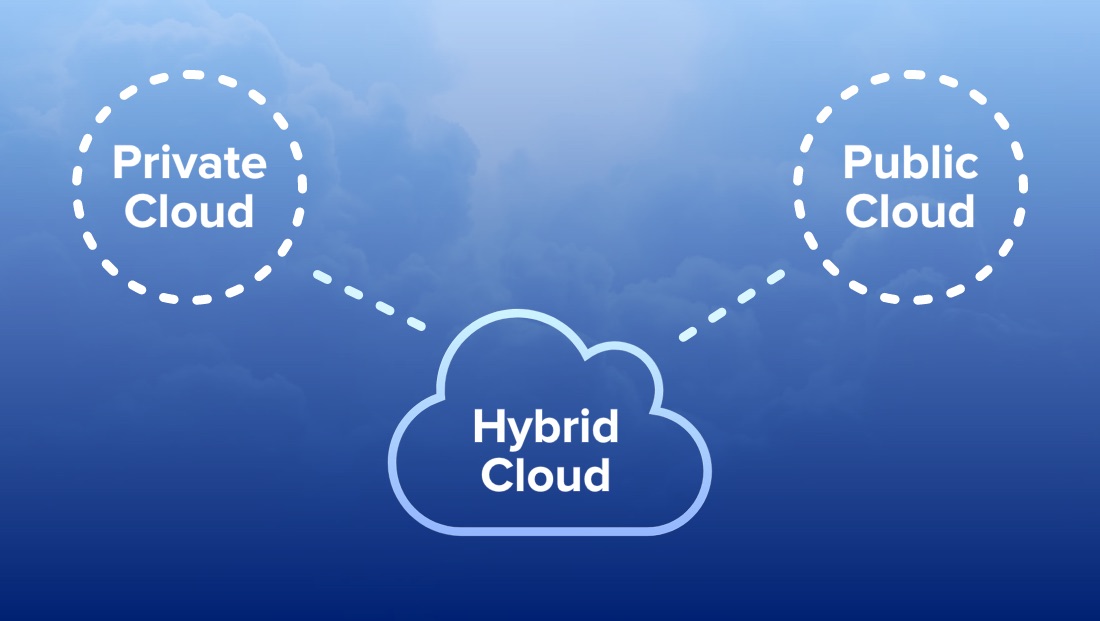Cloud production opens up new frontiers for broadcast graphics

Subscribe to NCS for the latest news, project case studies and product announcements in broadcast technology, creative design and engineering delivered to your inbox.
Broadcast is about creating amazing content, not worrying about server racks, software upgrades and rendering bottlenecks. That’s where the cloud comes in.
The cloud opens up new workflows for broadcast production, allowing tasks that once required specialized equipment to become a seamless part of the newsgathering and transmission processes.
“The cloud is not important by itself,” said Yaron Zakai-Or, CEO of Arti, a cloud-based AR platform. The question is, how do you make broadcaster’s lives, and their viewers lives better through the cloud? Broadcasters shine with content. The cloud is important because it allows broadcasters to streamline production and get the same level of service, or even better, so they can focus on great storytelling and creating amazing content for their viewers–rather than the mechanics of delivering that content.”
Three flavors of the cloud
Today, most broadcast facilities rely on on-premise servers or one or multiple versions of “the cloud” to produce content, namely: private, hybrid, and public cloud.

The public cloud comprises cloud service providers like Amazon Web Services, Oracle Cloud, Google Cloud, and Microsoft Azure, which allow you to dynamically scale your virtual computing power and space on-the-fly. With on-premise, servers are housed at the broadcaster, requiring space, redundancy and upkeep. Private cloud provides additional control and customization vs. public, but therefore requires the same IT staffing, management, and maintenance as an on-prem datacenter. Hybrid, meanwhile, is a mix of both on-premise and public cloud.
Up until recently, with motion graphics creation and playout specifically, it’s been almost entirely on-premise, requiring specialized server racks that can render elements in real-time for air.
“If you think about traditional 3D motion graphic systems, then you need to have strong servers. You need to have graphic cards from a specific brand. You need to have software that’s installed and maintained on an ongoing basis,” said Zakai-Or. “The challenge many independent broadcasters and others face with those systems is: How do you build redundancy for those servers? How do you build an infrastructure with scalability? It typically requires a big IT ops team with specialized know-how.”
These systems often come with complex, multi-year licenses and require regular upgrades, while not allowing for scalability.
“Once you focus on software-first solutions that run on the public cloud, all of those problems are eliminated because you don’t have any servers to worry about. Someone else has that expertise and they manage that for you,” said Zakai-Or.
Also on the staffing side, broadcast graphics systems typically require specialized staff for creation. Otherwise, when a producer can make a graphic, it’s often locked to particular templates with limited creative freedom.
How can the cloud empower broadcasters to tell better stories?
Cloud-based services have brought capabilities once reserved for special events, like a major sporting event or election, to everyday production. Graphics like augmented reality can now be inserted into any story, from an update on home prices, to the weekend weather outlook.
With a lower barrier to entry, cloud-based graphic creation aims to be as simple as Google Slides, allowing producers and journalists to visualize a complex story quickly. This democratization of toolsets allows broadcasters to enhance storytelling with a solution that any staffer in the production pipeline can use.
And by eliminating the need for on-site hardware, cloud graphics solutions deliver new flexibility for graphics-rich, live field reporting.
The power of software-first augmented reality
The one hang-up in moving towards a software-first workflow has been camera tracking, which helps orient 3D graphics in physical space.
Traditionally, this has required a system attached to a studio camera that would map the space and coordinate where to render graphics, requiring yet another server rack.
When you think software-first, however, you rethink how camera tracking can interface with the cloud.
With Arti, for example, a paper marker similar to a QR code is used to orient space and align the augmented reality graphics.
This interface allows for some impressive results, such as on this summer’s SRX Racing series on CBS Sports. On the broadcast, augmented reality was used to create real-time telemetry dashboards inside of the race cars moving 100+ miles per hour. No specialized camera tracking is needed.
“We are 100% software-based. So, that gives us the ability to take the camera feed in the cloud,” said Zakai-Or.
Without the need of a true connection to the hardware camera, the options are limitless, allowing connections like RTMP or NDI to utilize cloud graphics.
The cloud, however, is still in its early days for broadcasters, with many relying on a mix of on-premise, hybrid and public cloud solutions.
The key, of course, is to create great content. With solutions like Arti’s cloud-based AR platform, broadcasters can explore software-first graphics creation with a low barrier to entry, without requiring specialized training or staffing.
Thanks to cloud technology, with Arti, broadcasters can be up and running in 30 minutes, bringing augmented reality to any broadcast.
The above column is sponsor-generated content from Arti. To learn more about sponsor-generated content, click here.
Subscribe to NCS for the latest news, project case studies and product announcements in broadcast technology, creative design and engineering delivered to your inbox.





tags
Arti, Augmented Reality, Augmented Reality for Broadcast, Augmented Reality Sets, cloud, cloud based graphics production, Cloud Broadcast Production, sports augmented reality
categories
Partner Content